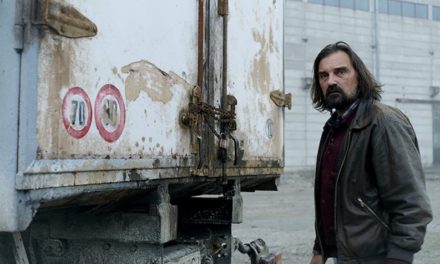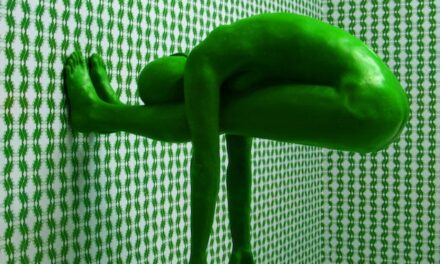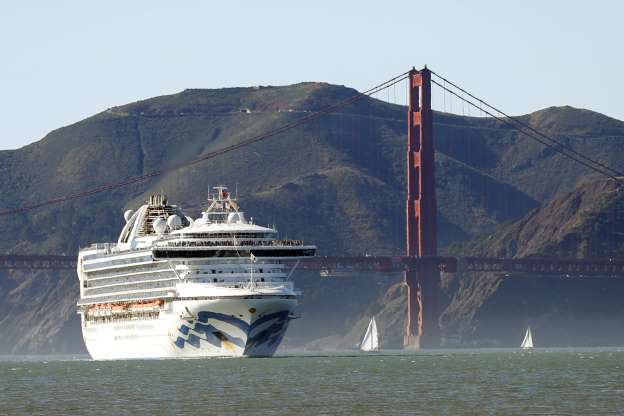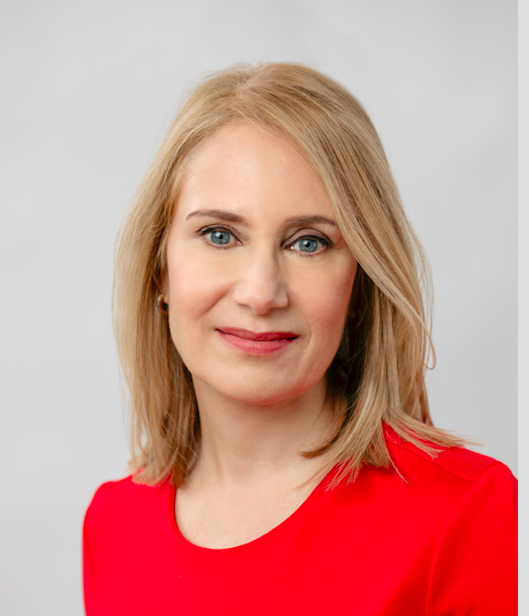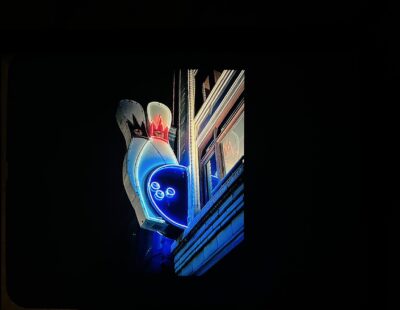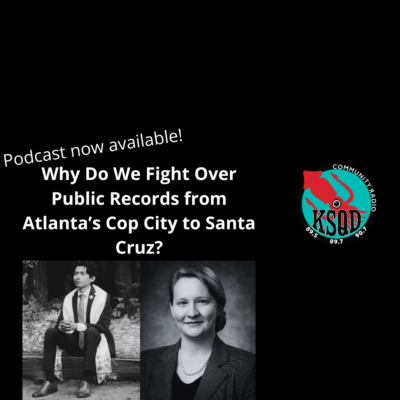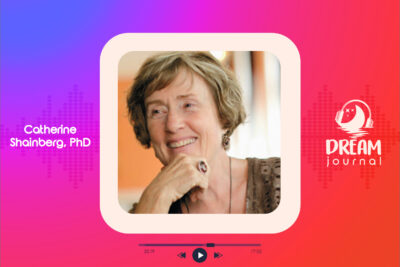An interview by KSQD’s “Cutting Edge” Arts Host with the Founding Director of the Institute for Arts and Sciences at UCSC, John Weber, and the Institute’s Curator, Rachel Nelson.
Internationally renowned eco-artists and UC Santa Cruz emeritus faculty, the Harrisons created a site-specific environmental art installation in the three geodesic domes and the surrounding garden at the Arboretum. Called Future Garden for the Central Coast of California, the installation, which Newton Harrison continues to evolve, transforms the newly refurbished domes at the Arboretum from relics of the past, steeped in 1970s era charm, into carriers of the future in response to the crisis of climate change.
The Harrisons worked with scientists at UC Santa Cruz and botanists at the Arboretum, along with other artists, scientists, and visionaries, to create trial gardens within the domes in which native plant species are subjected to the temperatures and water conditions that scientists see for the region in the near future. The aim is to determine which plants are best able to thrive as the region warms and to propagate these species to create the scaffolding for more rapid regeneration of the local ecosystem as climates shift. As the Harrisons explained, the future for the rapidly warming planet lies in finding durable plant species that together create ecosystems that can continue to live and flourish as temperature increases.
HELEN MAYER AND NEWTON HARRISON, often referred to simply as “the Harrisons,” became known for their ecological systems art, which first emerged in the early ’70s. Newton was the “alchemist” and builder; Helen the scholar and theorist who also brought photography and text to the practice.
Helen was considered by Newton as “the brains” who brought the science of climate change into their thinking as early as 1974; she was “a genius at research” who could find the trail of evidence in public records. Helen’s readings of scientific papers established their their work as truly “transdisciplinary” artists; and finally, her productive arguments with him defined the dialectical nature of their collaboration. According to Helen, “he has the first word, and I mostly have the last word.” If Newton was the sculptor who aspired to “terraforming” (a sci-fi term for shaping other planets, now imagined for rescuing our own), Helen was a “biotheorist and planner” who could imagine the saving link between science and public policy would be the “creation of empathy for a place,” as William Fox characterized it.
The Harrisons long held a divided Visual Arts faculty position at UC-San Diego and later at UCSC. Past projects have included the traveling exhibition The Book of the Seven Lagoons, numerous group shows, and many reclamation projects — on meadows, catchbasins, strip mines, debris basins and sewage outfalls. Their project The Endangered Meadows of Europe, made for the roof of the Kunst-und Ausstel-lungshalle in Bonn, Germany, 1996-1998 – has now been movingly transformed into meadows for all of Germany and its visitors to enjoy at the Rheinaue parks in Bonn.
As the artists and curator hosts hoped, the geodesic domes of the Arboretum provide a perfect setting for imagining a future and for taking responsibility in the face of climate change. Their reflective white coverings suggest that the domes have just arrived from outer space—or perhaps from a science fiction novel—to warn us of the dangers of inaction as the world warms.Newton Harrison has mentioned the domes not simply as bearers of bad tiding, but as fantastic and imaginative models for how “people can take responsibility for a deeply stressed planet.”
Future Garden is sponsored by the Nion McEvoy Family Trust of the San Francisco Community Foundation, the Metabolic Studio, 30 Petals Fund, Rowland and Pat Rebele, the Andy Warhol Foundation, and annual donors to the Institute of the Arts and Sciences. It is scheduled to continue until at least June 2022.
Watch this space for more links on the Native California species planted in Future Garden, and additional information about the Native Plant Society.
An Environmental Visionary Art Installation by Newton Harrison, Professor Emeritus, Visual Arts & the late Helen Meyer Harrison, Visual Arts Professor Emeritus (UC-San Diego/UCSC)
Admission to Future Garden is included in a visit to the Arboretum and Botanic Garden.UC-Arboretum – ARBORETUM FUTURE GARDEN HOURS AND ADMISSION
Monday- Friday 12 – 5 p.m. and Saturday- Sunday 10 – 5 p.m


